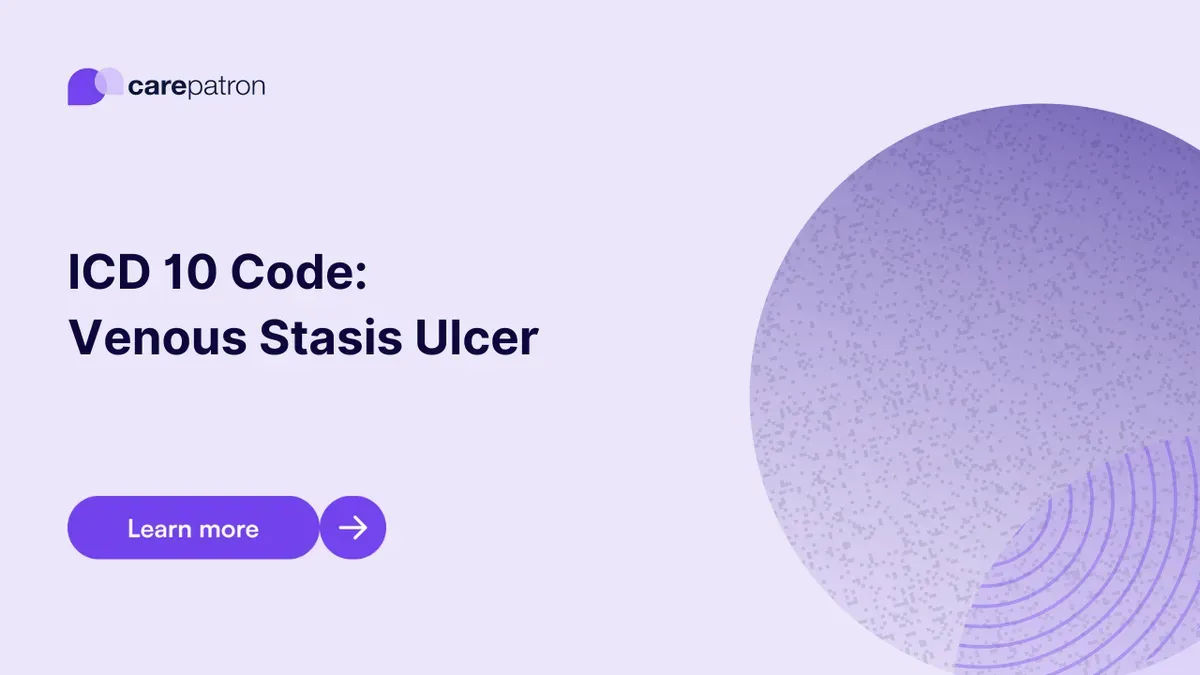
Venous Stasis Ulcer ICD-10-CM Codes
Explore the key ICD-10 codes used for Venous Stasis Ulcer. Understand their meanings, implications, and how they aid in accurate diagnosis and treatment.
Use Code
Commonly asked questions
A Venous Stasis Ulcer ICD code should be used when a patient is diagnosed with a venous stasis ulcer, usually following a physical examination and medical history review.
Common treatments include compression therapy, wound care, vein surgery, or sclerotherapy.
A diagnosis code for Venous Stasis Ulcer means that the patient has been diagnosed with an ulcer caused by venous insufficiency, a condition where the veins can't pump enough blood back to the heart.
EHR and practice management software
Get started for free
*No credit card required
Free
$0/usd
Unlimited clients
Telehealth
1GB of storage
Client portal text
Automated billing and online payments
